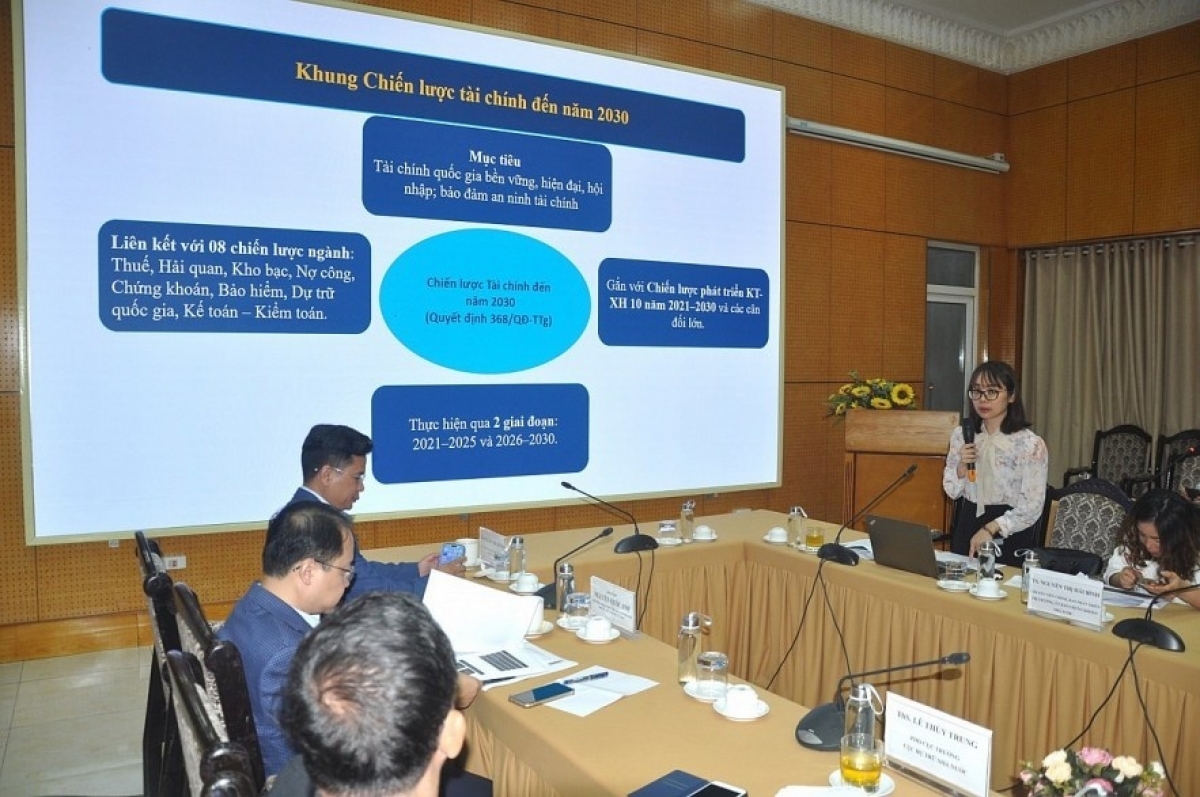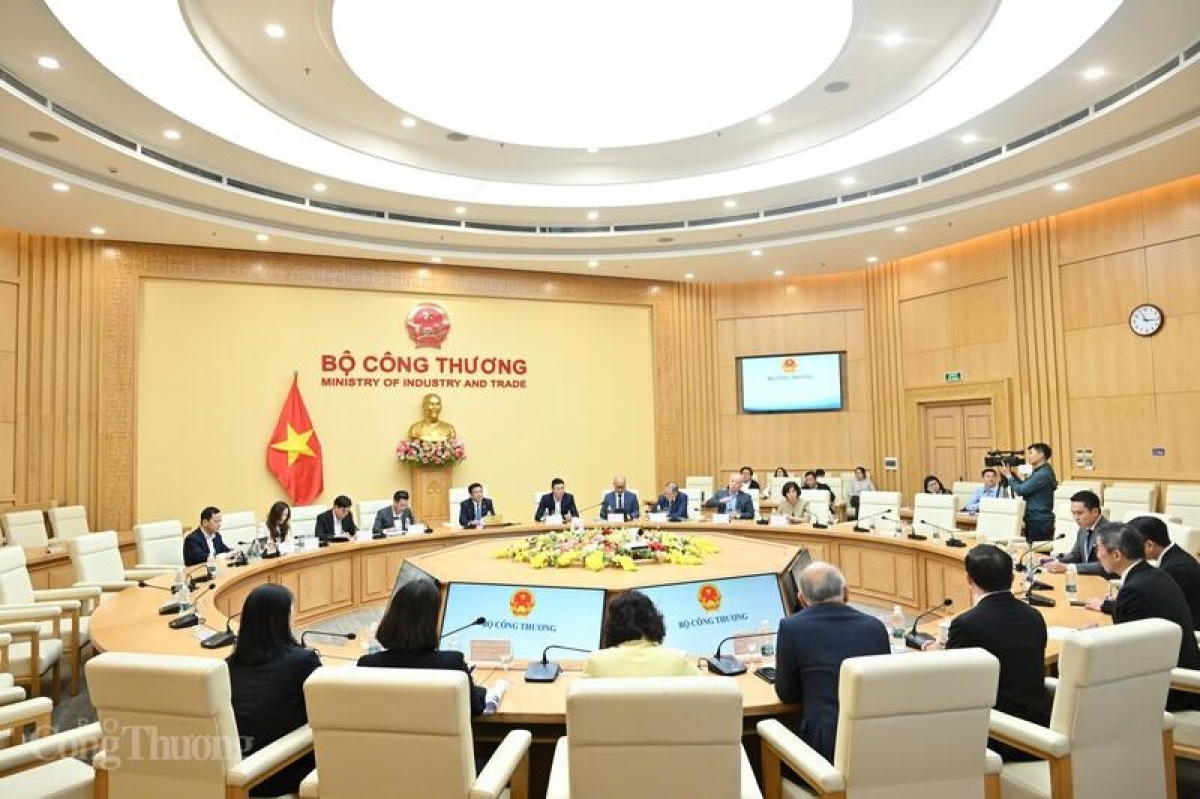INTERNATIONAL INVESTMENT
AND PORTAL
The Vietnamese economy grew at a relatively high rate of 7.85 per cent on-year in the first nine months of this year. What is AMRO’s comment on this rate as compared to other regional countries’ economic performance?
 Anthony Tan, deputy group head and principal economist of the ASEAN+3 Macroeconomic Research Office (AMRO) based in Singapore. Source: amro-asia.org
Anthony Tan, deputy group head and principal economist of the ASEAN+3 Macroeconomic Research Office (AMRO) based in Singapore. Source: amro-asia.org
ASEAN+3 growth is projected at 4.1 per cent in 2025 and 3.8 per cent in 2026, revised upward from July reflecting robust H1 growth outturns and stronger than-expected export performance. Nevertheless, higher US tariffs are expected to weigh on external demand and dampen growth later in 2025 and into 2026.
This marks a slowdown in ASEAN+3 growth from 4.3 per cent in 2024, with the deceleration sharper in ASEAN, where growth is projected to ease to 4.6 per cent in 2025 and 4.3 per cent in 2026, from 4.9 per cent in 2024.
In this context, Vietnam’s growth is among the strongest in the ASEAN+3 region so far this year, surpassing market expectations.
While most ASEAN+3 economies are expected to see a moderation in economic activity in the second half of 2025, the latest GDP print for the third quarter came as a positive surprise, highlighting Vietnam’s resilience, supported by solid export performance, robust domestic demand, and accommodative macroeconomic policies.
AMRO predicts that Vietnam will grow 7.5 per cent this year before reducing to 6.4 per cent next year. What are the reasons behind this forecast decrease?
The projected slowdown in growth in 2026 mainly reflects expectations of softer external demand, particularly from the US, as exporters front-loaded shipments to get ahead of potential US tariffs, especially for phones, computers, laptops, and electronic components. This created a strong but temporary surge in growth in 2025.
As the impact of the tariffs takes hold, export activity is expected to moderate, leading to slower growth in 2026. Part of the growth slowdown in 2026 also reflects the waning impact of earlier supportive macroeconomic policies.
The US has imposed a 20 per cent reciprocal tariff rate on Vietnamese exports and 40 per cent on transshipments. How will this impact Vietnamese economic growth this year and beyond?
Given Vietnam’s export dependence on the US market, the imposition of tariffs could weigh on the economy in the short term: both directly, through reduced demand for Vietnamese exports in the US, and indirectly, via slower global growth. This demand shock could materialise in the form of production slowdowns, and in some sectors, job losses.
In the longer term, Vietnam stands to gain from deeper intra-regional trade and investment by leveraging its competitive manufacturing sector, skilled workforce, and strong connectivity - factors that could drive productivity gains and facilitate the upgrading of its industrial base.
The Vietnamese government has been focusing on reshuffling its administrative apparatus, together with reform of the financial sector. What aspects should take priority and why?
Vietnam’s recent government reorganisation aims, among other objectives, to enhance administrative efficiency by streamlining ministries and agencies.
Part of the reform agenda includes strengthening the financial sector by enhancing regulatory oversight and transparency, alongside modernising fiscal management to ensure more efficient and effective public spending.
Together, these measures are expected to boost Vietnam’s competitiveness, attract trade and investment, improve public service delivery, and support sustainable economic growth.
Vietnam often suffers from a budget deficit. How can it restructure revenues and spending, given the need for investing in public works?
Vietnam has historically run budget deficits, but moderate deficits may not be necessarily alarming, especially when the borrowing finances productive public investment in infrastructure, education, and healthcare that supports economic growth.
Managing deficits while meeting public investment needs require a mix of policy steps and initiatives. On the revenue side, the key strategies involve continuing to modernise the tax system in line with global best practices, broadening the tax base, and improving tax administration.
On the expenditure side, priority should be given to improving spending efficiency to ensure the effective use of public funds.



















